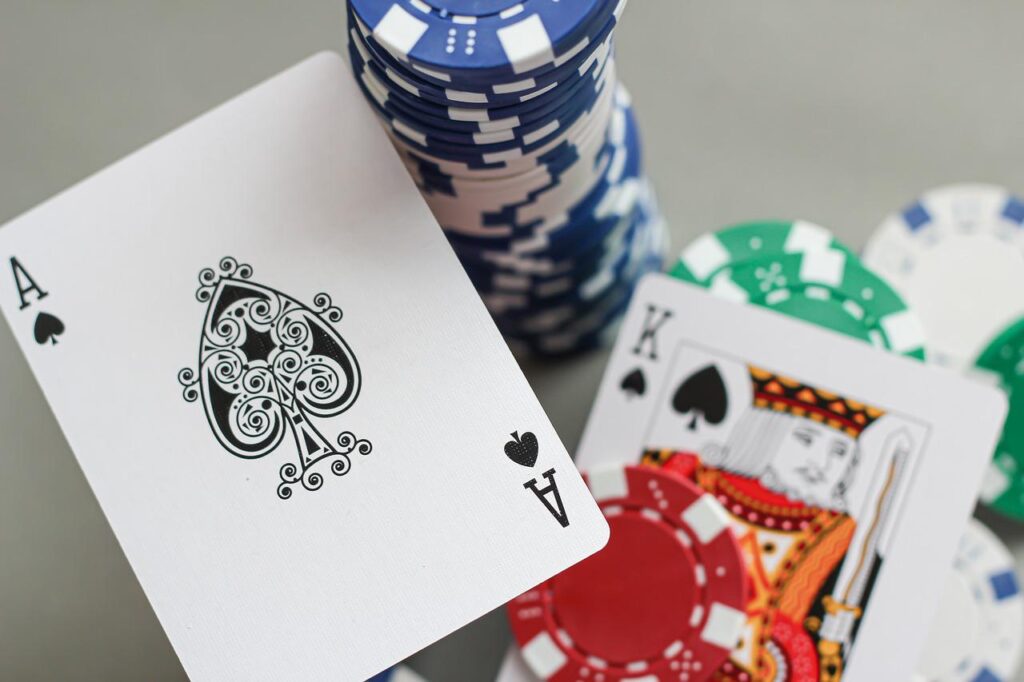What is the probability of getting a natural or blackjack when a player delt two-card total of 21 from a well-shuffled 5-deck shoe?

Getting exactly 21 from two cards means you must get an ace (ace can take 1 or 11 at the player’s discretion) and a ten-count card (number 10 or a face card). We will estimate the probability by two different methods.
Method 1
From cards from n-decks, the probability of getting an ace in the first deal followed by a 10 in the second is given by:
![]()
Similarly, the probability of having a 10-card followed by an ace is:
![]()
Combining the two, you get the total probability of natural.
![]()
For a 5-deck shoe, substitute n = 5, and you get 0.0475 or 4.75%.
Method 2
We will use the familiar combinations formula to get the same.
![]()
Combinations Calculator

